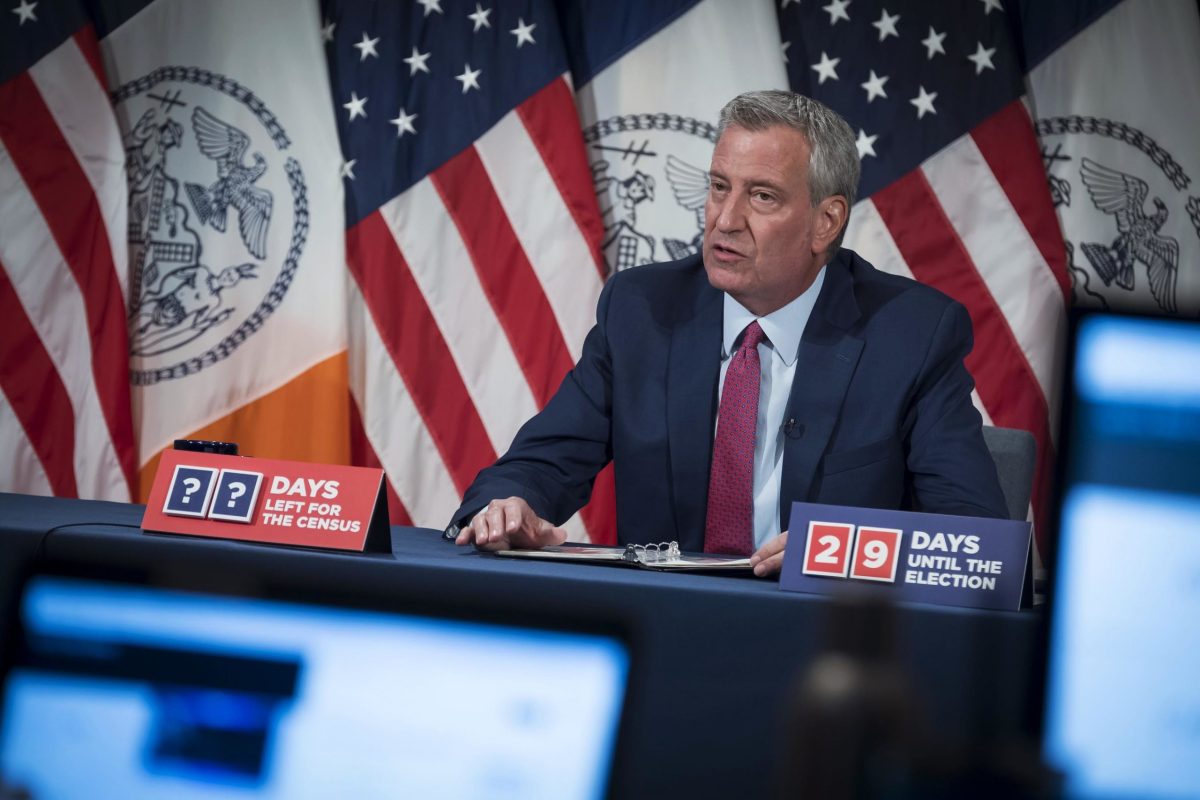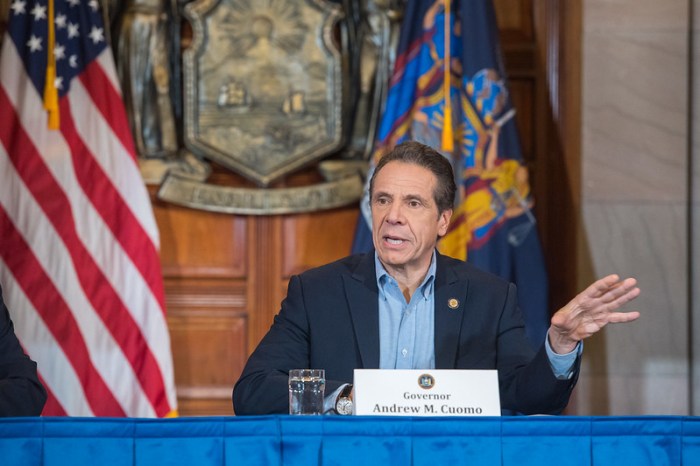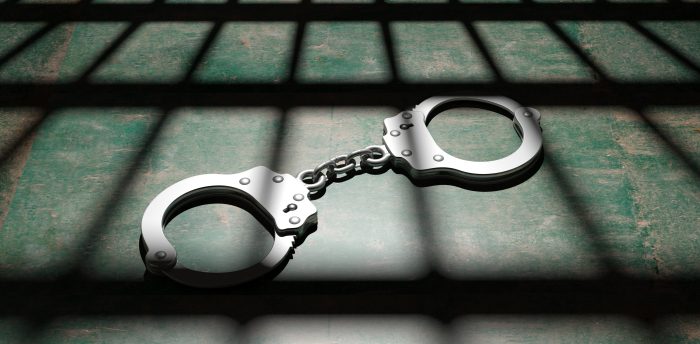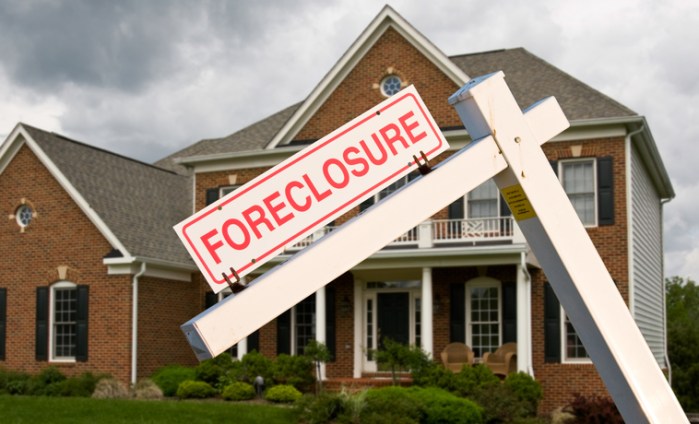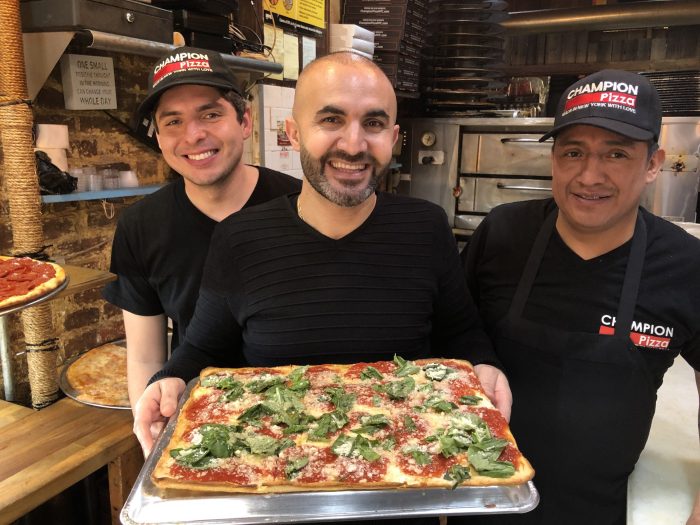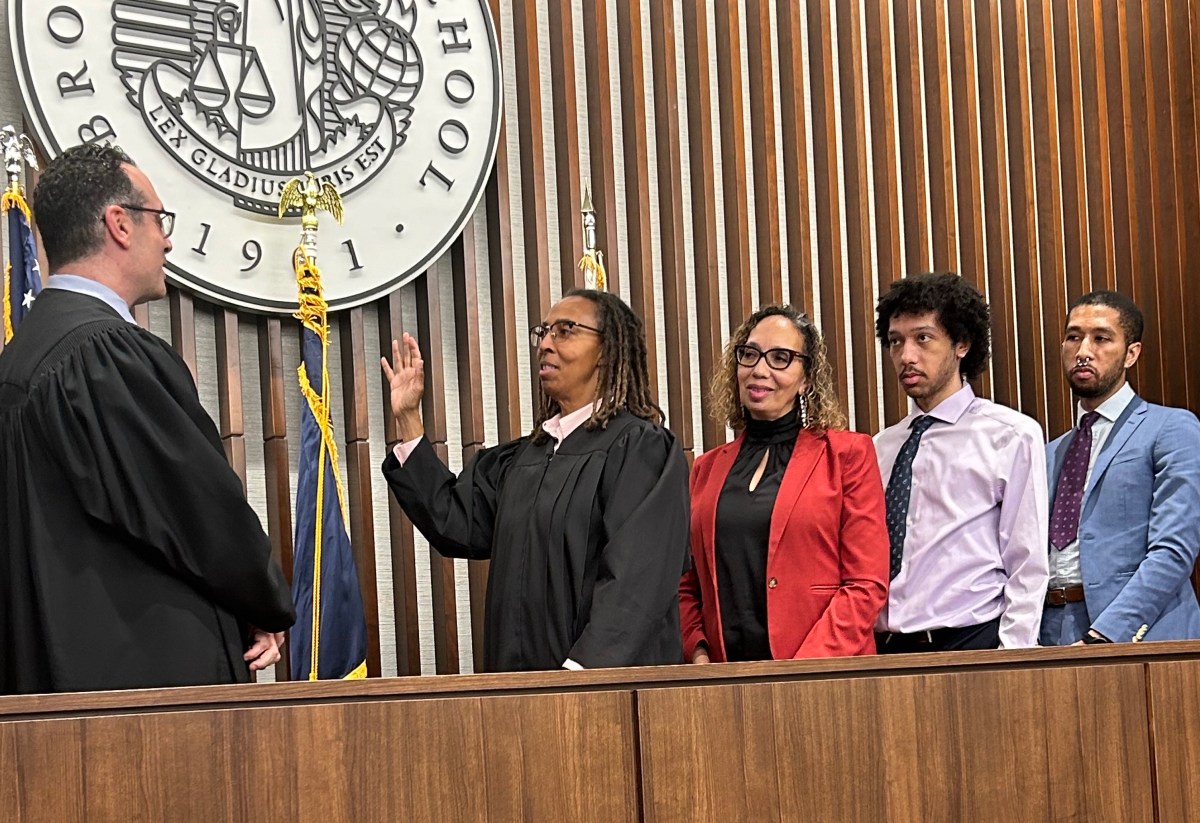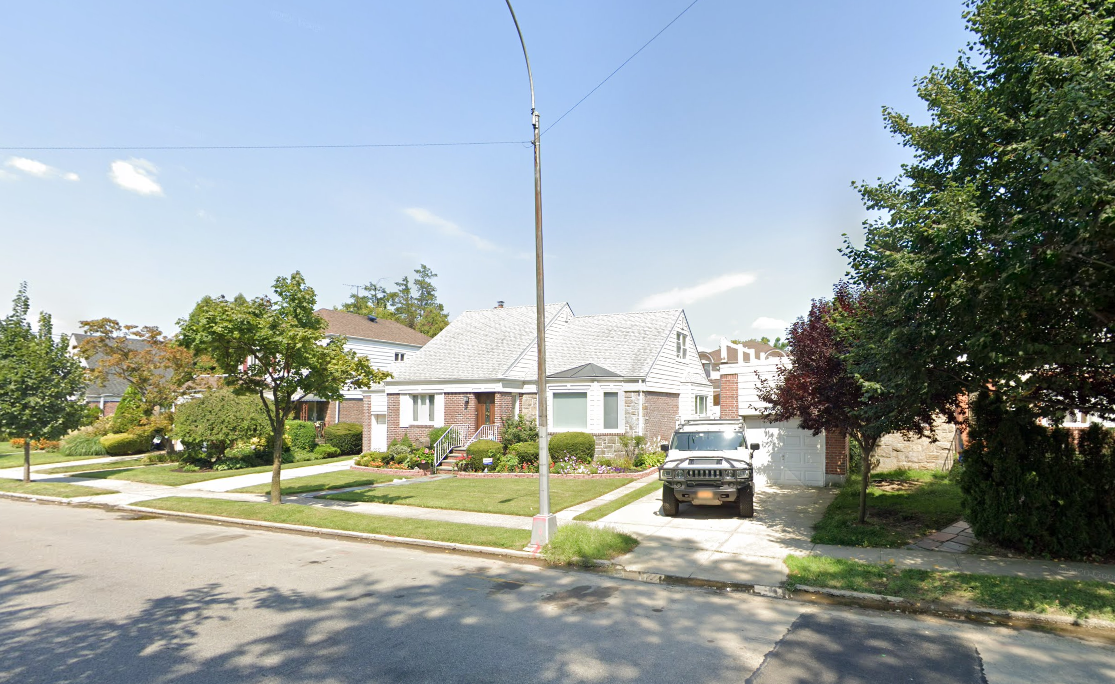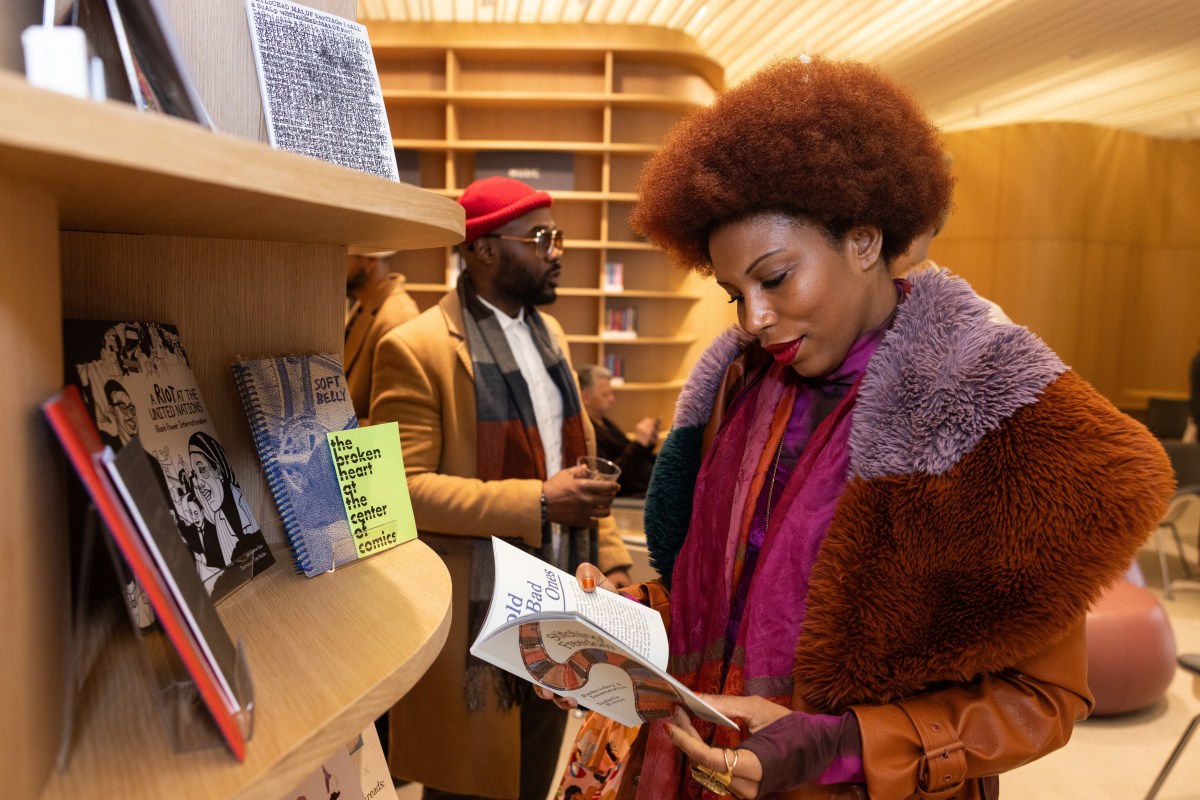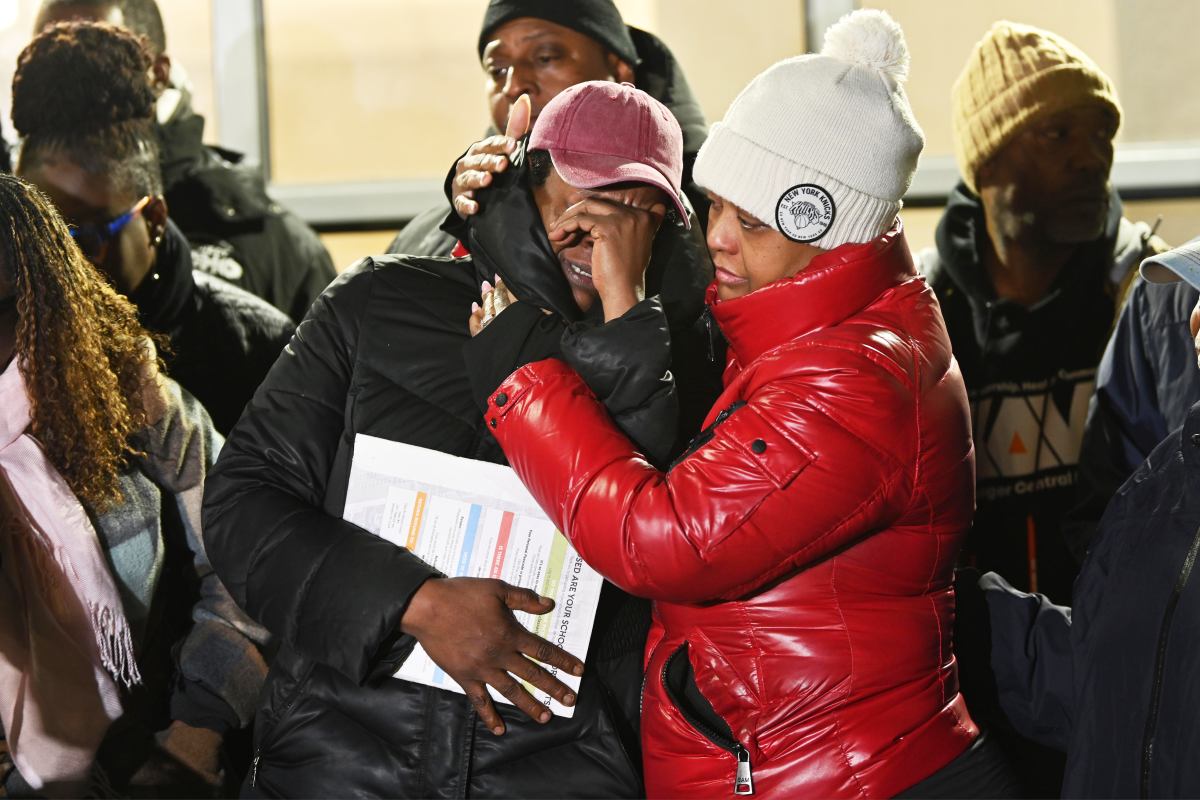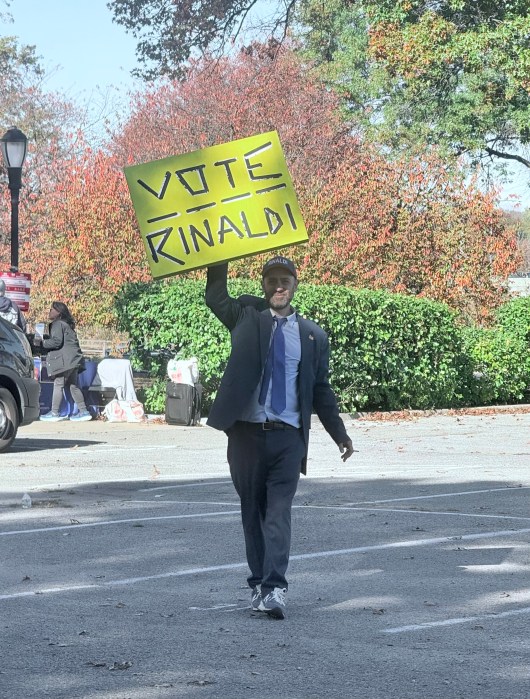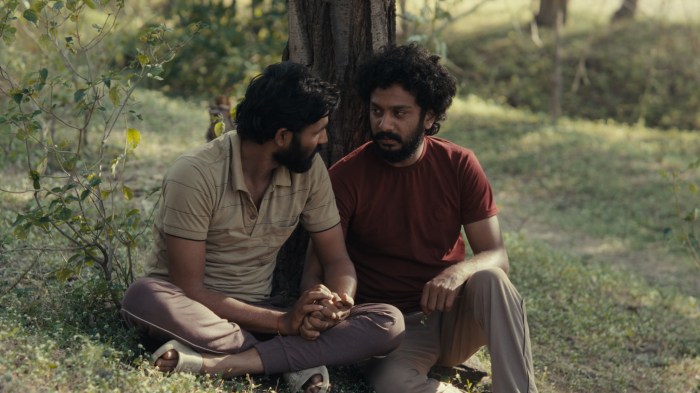New York City is “dangerously close” to getting hit with a second wave of the novel coronavirus, Mayor Bill de Blasio said on Monday.
Last week, the city reported upticks in COVID-19 cases in two Staten Island zip codes that prompted officials to increase contacting tracing efforts and roll out a bevy of new testing sites on the island. But cases are going up across the city and New Yorkers only have “one more chance” to knock down numbers, de Blasio warned.
“I’ve been telling you for weeks that we had the ability to stop a second wave,” said de Blasio. “We can stop a second wave of the virus if we act immediately but we have one last chance…Everyone has to be part of it just like you fought back the coronavirus after March and April.”
COVID numbers have steadily gone up with the number of new cases surpassing the city designated threshold of 550 since late October. On Monday, City Hall reported 779 new cases of the virus based on a seven-day average, a daily positivity rate of 2.36% and a weekly positivity rate of 2.21%. Officials also announced that out of the 71 New York City residents admitted to a hospital with suspected COVID-19 symptoms 21, or 30%, tested positive for the virus.
De Blasio has warned in the past that passing the city threshold numbers would result in new restrictions to stop the spread of the virus. So far, the city has yet to announce any changes to school openings, business operations or social gathering rules as a result of the creeping numbers in part out of fear of stifling the city’s economy again, Mayor de Blasio said. Although indoor dining will now have to be reevaluated.
City health officials were unable to say the exact source of the citywide spike in cases. Dr. Ted Long, head of the city’s contact tracing effort, admitted that about 10% of all city cases are tracked back to interstate travel and five to 10% of cases are linked to specific gatherings or events. Election celebrations on Saturday have caused some concern among health officials, de Blasio said.
“What we have seen over the months is sometimes is just a family gathering even, you know, 10 people get together or 15 people get together and that can actually spread the disease among families,” de Blasio. Officials again urged New Yorkers to not travel or take part in large family gatherings for the upcoming Thanksgiving and December holidays.
New York City health officials updated the city’s COVID-19 website on Monday to include positivity rates by zip code again based on a seven-day average. The website has also been updated to include more refined data on COVID-19 cases by age and turnaround times at testing sites. The newly available data will serve as a warning to New Yorkers of how quickly the virus can start local but not stay local, said Dr. Long. In Staten Island alone, the number of zip codes with a COVID positivity rate above 3% has jumped from two to eight since last week.



